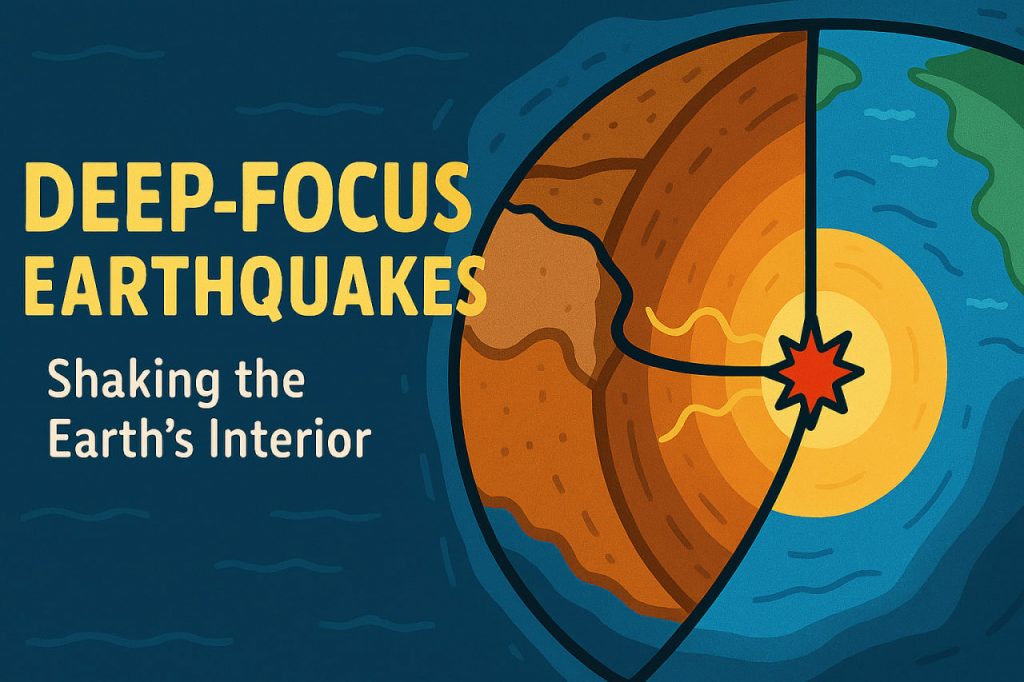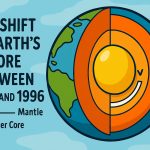Most people associate earthquakes with shaking ground and damaged buildings near the surface. But not all earthquakes happen close to the Earth’s crust. Some occur deep within the planet — sometimes hundreds of kilometers below the surface. These rare events are known as deep-focus earthquakes, and they hold valuable clues about Earth’s inner structure and the behavior of tectonic plates.
What Are Deep-Focus Earthquakes?
Deep-focus earthquakes are those that occur at depths greater than 300 kilometers beneath the surface. They can reach as deep as 700 kilometers, far below the Earth’s crust, within the mantle. Unlike shallow earthquakes, which are more common and destructive on the surface, deep-focus events are rarely felt by humans unless they are very strong.
Where Do They Happen?
Deep-focus earthquakes typically occur in subduction zones — areas where one tectonic plate slides beneath another. As the descending plate moves into the mantle, it experiences increasing pressure and temperature, which can cause rocks to deform and break, producing seismic waves.
Why Are They Mysterious?
At such extreme depths, rocks should deform plastically instead of breaking. This makes deep-focus earthquakes unusual because scientists are still unsure how brittle failure — a crack or fracture — happens so deep underground. Some theories suggest it may involve mineral transformations or sudden shifts in crystalline structure under pressure.
What Do They Tell Us?
Studying deep-focus earthquakes helps geologists learn about:
- The composition and behavior of the mantle
- The fate of subducted tectonic plates
- Heat flow and material movement inside Earth
- The limits of rock strength under extreme conditions
Seismic waves from these quakes also travel through the planet, offering insights into Earth’s internal layers.
Famous Deep-Focus Events
One of the strongest known deep-focus earthquakes occurred in 2013 beneath the Sea of Okhotsk at a depth of about 609 kilometers. Despite its magnitude (8.3), it caused little surface damage — but it provided valuable scientific data.
Glossary
- Deep-focus earthquake – an earthquake occurring more than 300 km below the surface
- Mantle – the thick layer of hot rock beneath Earth’s crust
- Subduction zone – a region where one tectonic plate moves under another
- Seismic waves – energy waves generated by earthquakes
- Mineral transformation – a change in mineral structure caused by pressure or temperature
- Crystalline structure – the internal arrangement of atoms in a mineral
- Tectonic plates – large pieces of Earth’s surface that move and interact


